Fender Celebrates Jaguar's 50th Anniversary

The Fender Jaguar electric guitar is 50 years old. Unveiled in 1962, it was the last of the guitar maker’s four most famous electric guitars to be introduced, and, as it turned out, the last major six-string creation of the enigmatic genius whose name adorned it.
And while it might not be as omnipresent as its big-brother electric guitars of the 1950s, the Telecaster and the Stratocaster, and its closest ancestor, 1958’s Jazzmaster guitar, make no mistake: The Jaguar is a survivor with a great history, and you have heard it.
From the Beach Boys and Jimi Hendrix in the ’60s all the way to Nirvana, the Red Hot Chili Peppers, Smashing Pumpkins and Slacktone in the modern era, the sleekly chromed-out Jaguar has blazed its own unexpectedly successful trail through the history of rock music. Like some kind of “little guitar that could,” it has surprised nearly everyone by continually finding its own distinctive place with each successive generation of guitarists, from harmlessly sparkling old-school pop to subversive alt-indie cool and beyond.
“One of the reasons I really like Jaguars is they’re a little restrictive for me to play, and that’s a good thing,” said Johnny Marr, noted guitarist for the Smiths, Modest Mouse and the Pretenders to name only a few. “I have to work within the limitations of the guitar. So it gives me a really strong direction. I can’t get too ‘blues rock’ on it, as it’s too feminine to play power chords on it.”
Alone among Fender’s four main electric guitars, the Jaguar was a child of the 1960s rather than the 1950s. When it was introduced in 1962, the Jaguar was intended by its creator, Leo Fender, as his company’s top-of-the-line model. But things haven't always been easy for Leo Fender’s cool cat. Extinction has threatened the Jaguar on several occasions over the past half century. In the end, though, there’s just no keeping a great guitar down.
Here in its 50th anniversary year, the Fender Jaguar is back in style and looking way hotter than any 50-year-old has a right to. The Jag’s rock ‘n’ roll cred is equaled only by its irresistible retro-chic allure. This distinctive instrument’s anniversary comes at a time when popular culture has fallen in love with the Mad Men era—the early-’60s glory days of crisply tailored suits, extra-dry martinis and sleek European sports cars.
Very much a product of that same zeitgeist, the Fender Jaguar in fact takes its name from the undisputed apotheosis of Euro automotive design. The Jaguar E-Type was introduced in 1961 and was immediately praised as “the most beautiful car ever made” by none other than Enzo Ferrari. Fender’s Jaguar made its debut the very next year. It is one of the last instruments that Leo designed for Fender before selling the company to CBS in the mid ’60s.
Get The Pick Newsletter
All the latest guitar news, interviews, lessons, reviews, deals and more, direct to your inbox!
Introduced at a retail price of $375.50 — about 25 bucks more than the Jazzmaster, which was Fender’s next-most-expensive guitar—the Jaguar was featured in an ad that hailed it as “the ultimate in design and precision.” A stylish black-and-white photo paired Fender’s new top-of-the-line beauty with its automotive namesake. The ad was the handiwork of real life “Mad Man” Robert Perine, who created Fender’s youthfully eye-catching late-’50s/early-’60s ad campaigns.
Fender’s big plans for the Jaguar may have paid off right from the start had it not been for a momentous event that changed the course of musical history. The 1963-’64 ascendancy of The Beatles and the advent of the British Invasion touched off a mad clamor for guitars made by Gretsch and Rickenbacker, the two main brands played by The Beatles and their Brit brethren.
For the most part, though, the Jaguar remained something of a cult guitar in the ’60s and ’70s, as the Gretsches and Rickenbackers of the British Invasion gave way to the Stratocaster, Telecaster and Les Paul guitars of psychedelia, blues rock, glam and metal. Consequently, Fender dropped the Jaguar from its line in 1975.
But it was soon to be revived in a dramatic way. The punk rock revolution of 1976-’77 brought a radical new aesthetic to electric guitar playing. Nascent punk guitarists looked for instruments that were cheap and free of the taint of old-school rock. Pawnshop Jaguar and Jazzmaster guitars fit the bill perfectly. Leo’s two uptown girls became the new queens of the downtown scene.
Favored by guitarists in punk and post-punk acts including Sonic Youth, My Bloody Valentine and assorted others, the Jaguar rode a new wave of popularity. And that wave crested when the Jaguar was adopted by the most famous figure in recent rock, Nirvana’s Kurt Cobain, whose emotionally charged shifts from crystalline introspection to full-distortion mayhem propelled the trio to the forefront and put grunge on the map. What Jimi Hendrix was to the Stratocaster, Kurt Cobain was to the Jaguar. He inspired legions of players to pick up a Jag.
The honor roll of modern rock guitarists who have played Jaguar guitars also includes Frank Black (Pixies), Wayne Coyne (Flaming Lips), Graham Coxon (Blur) and a great many others.
The Jaguar returned to Fender’s product line by the mid 1980s and has been going strong ever since. Cobain and Marr have been honored with their own signature model Jaguar guitars, and guitarists can now choose from a full line of beautifully appointed Jaguar guitars with a wide range of features and prices. Meanwhile, the market for vintage Jaguar guitars continues to thrive.
“I think they’re absolutely beautiful,” Marr said. “I love all the chrome. I love the shape of it; this kind of early-’60s idea of ‘space age’ paired with a classic sort of ‘Fender’ thing.”
So raise a martini glass to the Jaguar and its 50-year sojourn in our midst—a guitar with style, an impeccable pedigree and a fascinating history.
Kurt Cobain photo courtesy Charles Peterson, ©1992
Johnny Marr photo courtesy Carl Lyttle




Since 1980, Guitar World has been the ultimate resource for guitarists. Whether you want to learn the techniques employed by your guitar heroes, read about their latest projects or simply need to know which guitar is the right one to buy, Guitar World is the place to look.
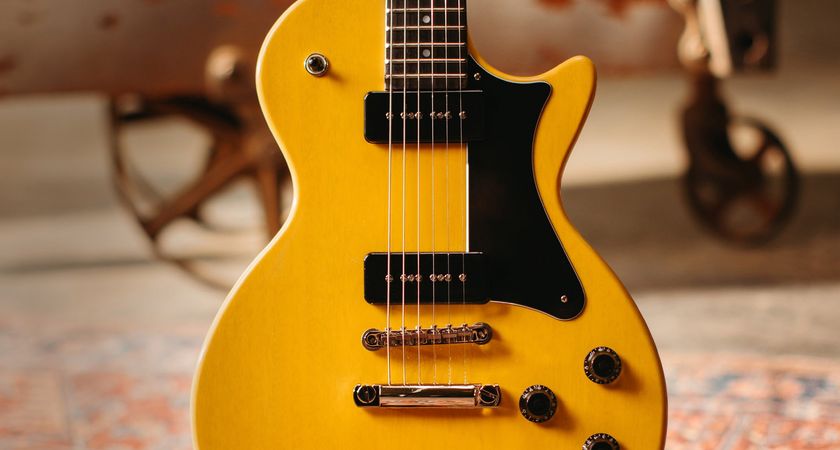
“If you’re in the market for a single-cut on steroids with vintage charm, this is the one to wield”: Heritage Guitars Custom Shop Core Collection H-137 review
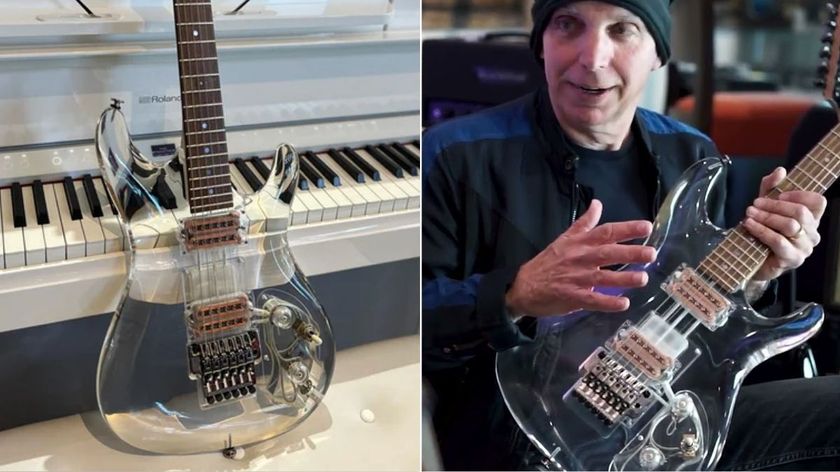
“When I saw it, I couldn’t believe how cool it was”: Joe Satriani is selling one of his rarest guitars – an ultra-ambitious Ibanez Y2K Crystal Planet prototype
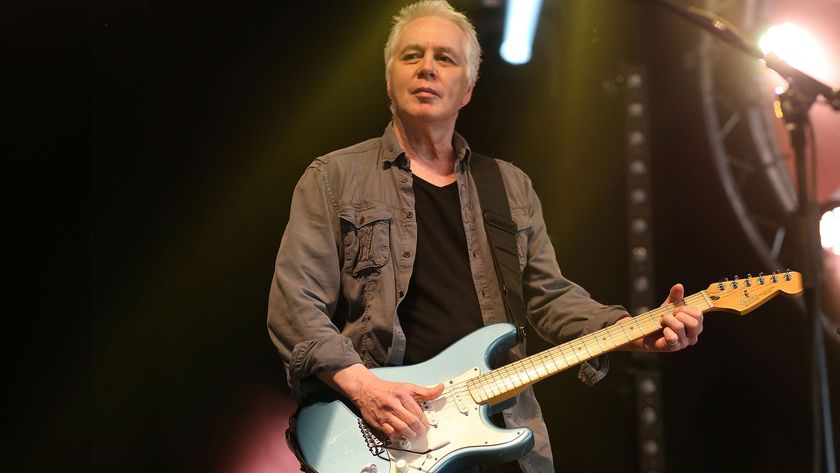

![Adrian Smith [left] and Richie Kotzen pose with an HSS S-style and Telecaster respectively.](https://cdn.mos.cms.futurecdn.net/DqivbKgc2aXLoykDT3h5mN-840-80.jpg)
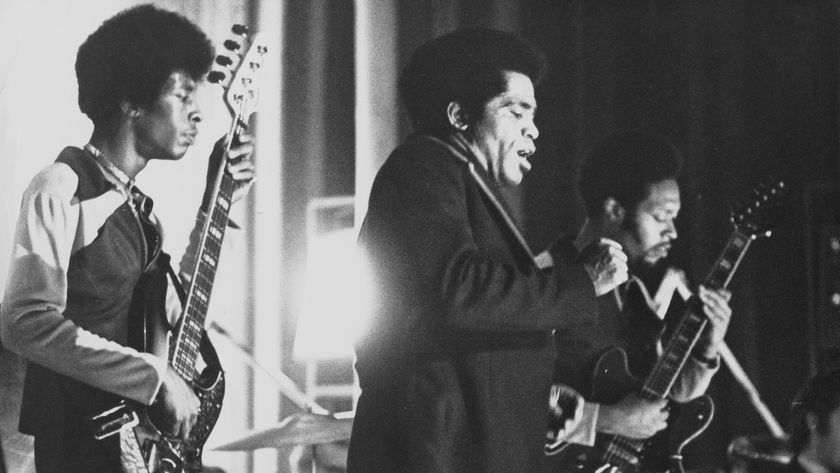
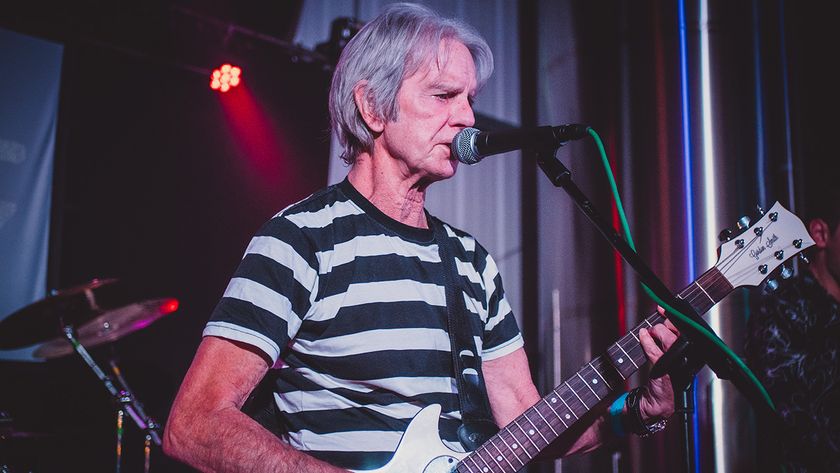
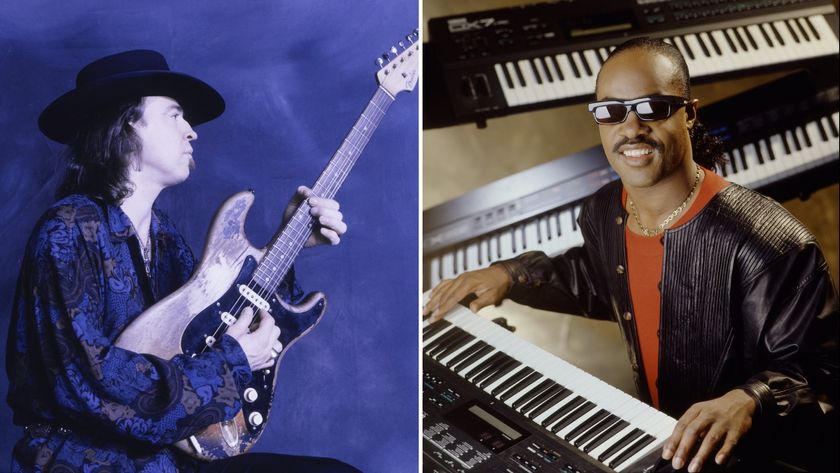
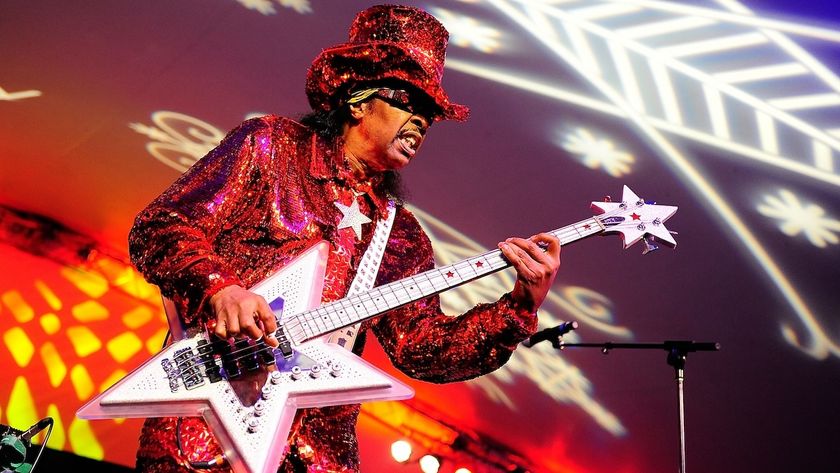


![[L-R] George Harrison, Aashish Khan and John Barham collaborate in the studio](https://cdn.mos.cms.futurecdn.net/VANJajEM56nLiJATg4P5Po-840-80.jpg)